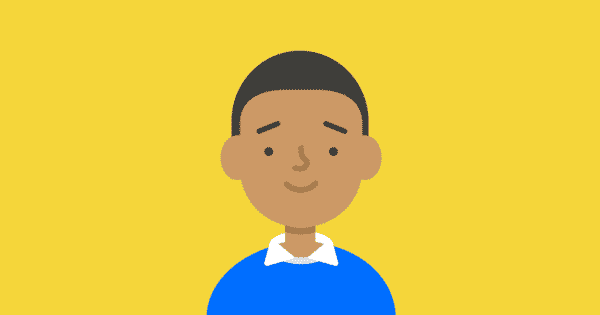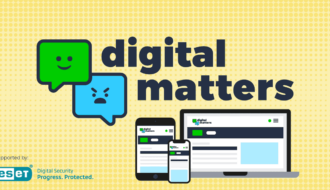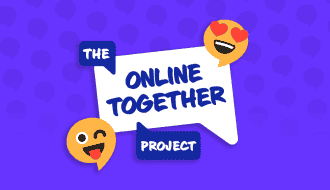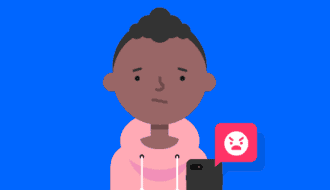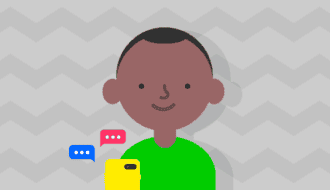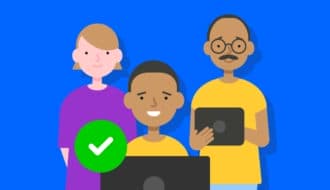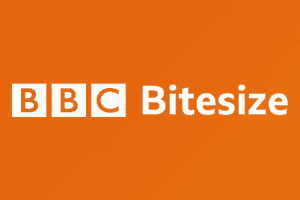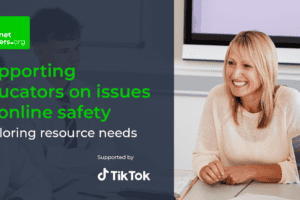44% of children aged 5 to 11 have their own mobile phones. They use a variety of devices and platforms including video games, video-sharing platforms and social media apps. On average: boys play around 4 hours of video games per day while girls play around 2 hours; children aged 7-16 spend just under 3 ½ hours per day online; children aged 4-15 spend just under six hours per week watching video content. Additionally, 62% of 7-16s have access to their mobile phones at all times, which means they may spend more time than is recorded.
In the same report from Ofcom as the above, 40% of parents say they struggle to manage their child’s screen time. Support from schools is vital in helping children understand how to balance screen use.
Balanced screen use means using devices for different purposes. This may be playing video games or browsing social media but could also include completing homework, doing school work, learning new skills, practising wellbeing and more. It also means taking breaks from digital to focus on offline activities like school, spending time with family and friends, staying active and more. In many cases, children need support to help manage this balance, especially at the primary level.
Additional reading
Primary school resources to support children


